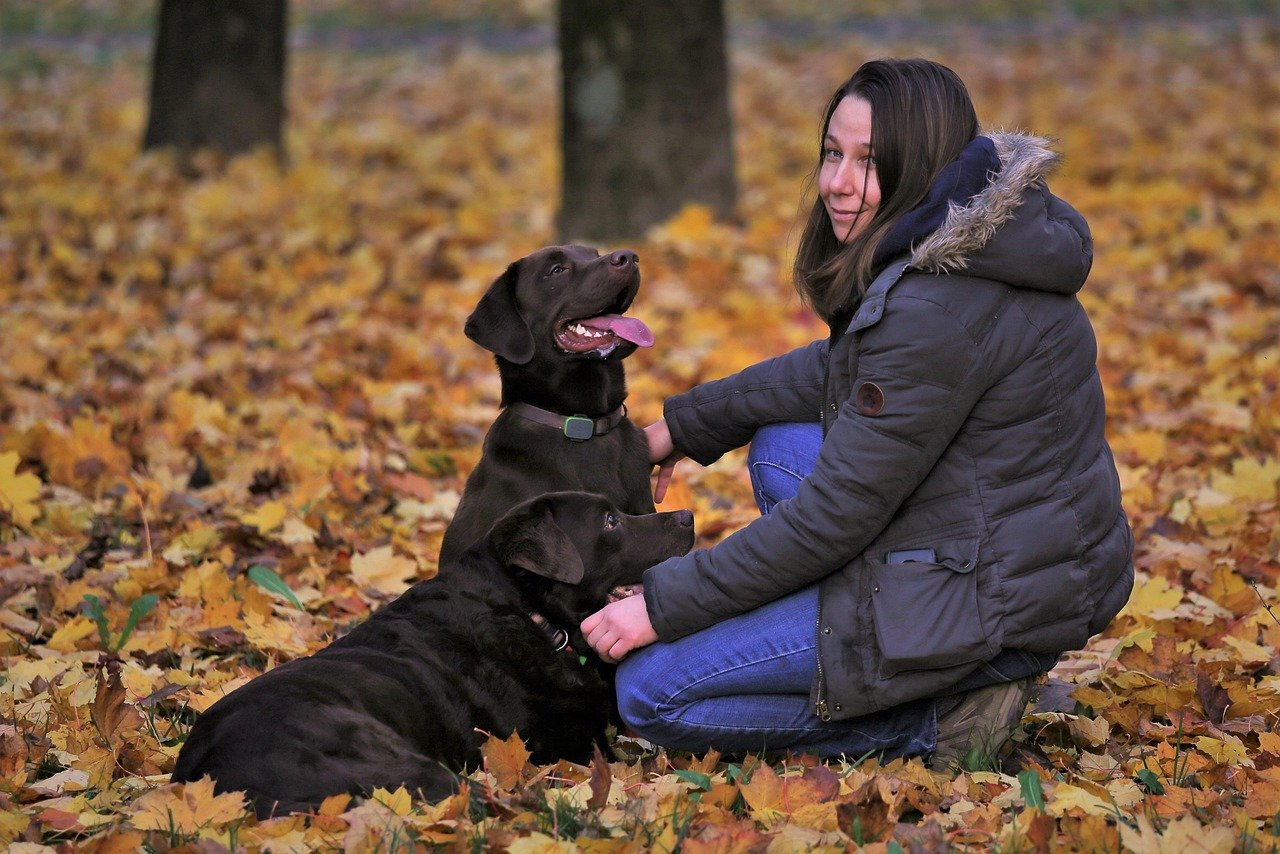Have you ever come home after a long day, only to find your dog practically buzzing with excitement—or worse, chewing up your favorite shoes out of pure anxiety? Some dogs just can’t handle being alone, and their hearts break a little every time you step out the door. If you’ve got a shadow that follows you from room to room, you know exactly what I’m talking about. Let’s dive into the world of the most sensitive dog breeds—those furry souls who crave your company like air—and discover how you can help soothe their worries and make them feel safe, loved, and secure.
Labrador Retriever: The Loyal Velcro Dog
Labrador Retrievers are famous for their loving and playful nature, but did you know they’re also notorious for their neediness? Labs thrive on human interaction and can become anxious if left alone for too long. They often follow their families everywhere, eager to be part of every activity. If you leave a Lab alone, you might come home to chewed furniture or a sad, droopy face pressed against the window. They’re happiest when included in family life, whether it’s a backyard barbecue or just lounging on the couch. Labs have huge hearts and bond deeply, making them one of the most dependent breeds on this list. If you want a dog that’s always up for a snuggle—or six—this breed will never disappoint.
Border Collie: The Sensitive Brainiac
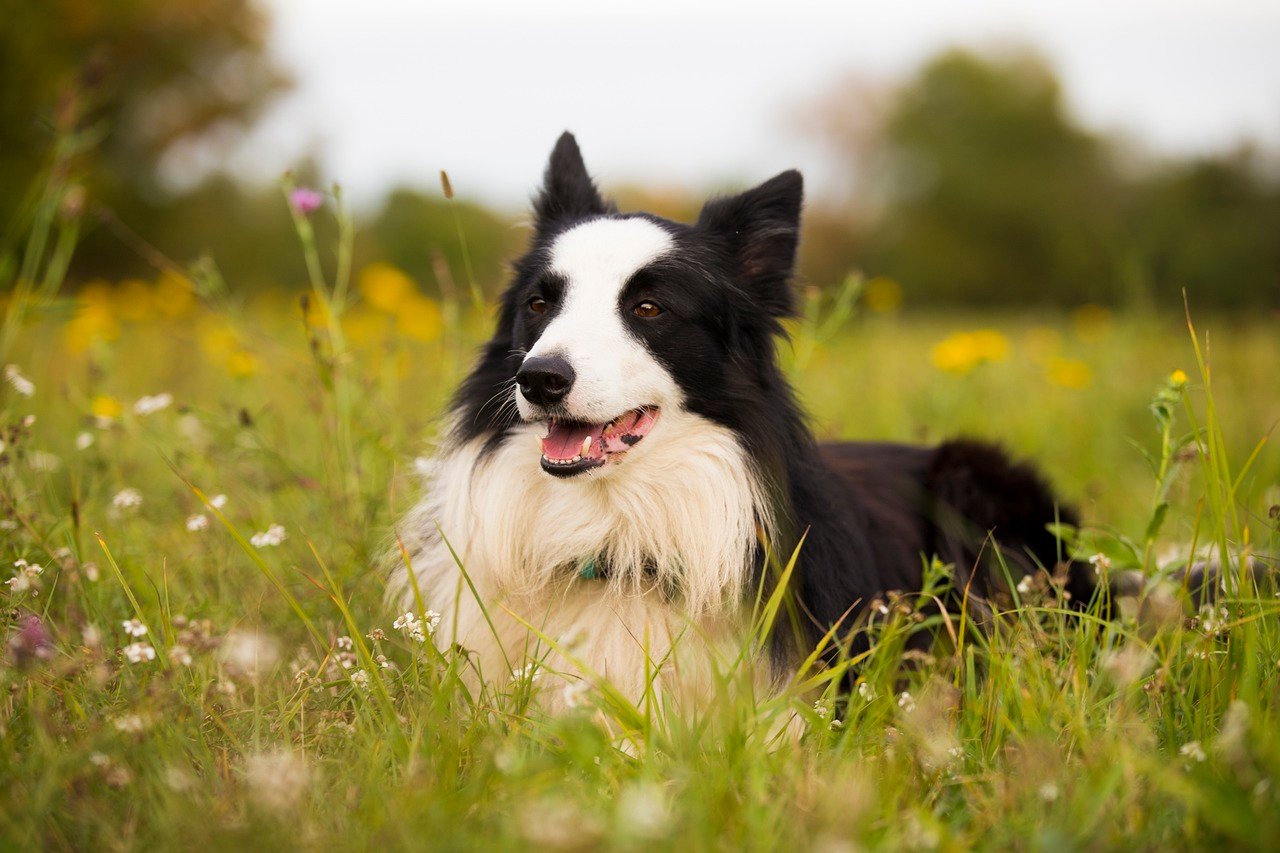
Border Collies are incredibly smart, sometimes almost too smart for their own good. Their sharp minds crave mental stimulation, and they form deep, intense bonds with their owners. Being left alone isn’t just boring for a Border Collie—it can be downright distressing. These dogs are like sensitive geniuses who need constant attention and reassurance. If left alone, they may resort to destructive behaviors just to cope with their stress. You’ll often find a Border Collie glued to your side, watching your every move, eager to “help” with whatever you’re doing. Their loyalty is unmatched, but it comes with a strong need for companionship.
German Shepherd: The Protective Shadow
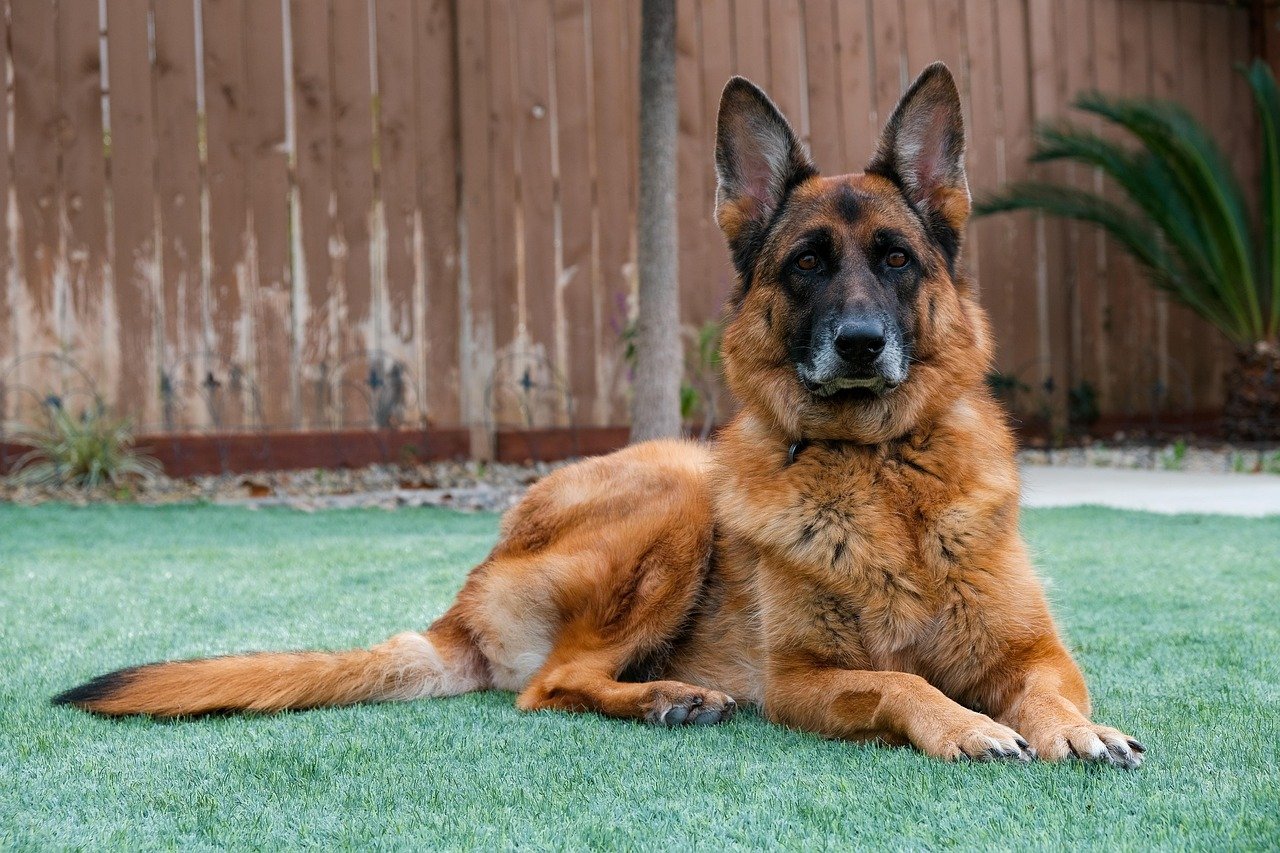
German Shepherds are renowned for their guardianship and loyalty. They don’t just love their humans—they see protecting and being near them as a full-time job. This breed can develop separation anxiety if not given enough company and structure. A German Shepherd without its person is like a knight without a kingdom—lost and anxious. They might pace, whine, or even try to escape to find their beloved owners. Their protective instincts make them incredible family dogs, but their emotional sensitivity means they need regular reassurance and involvement in family routines. You’ll rarely find a German Shepherd who wants to be left behind.
Italian Greyhound: The Fragile Companion
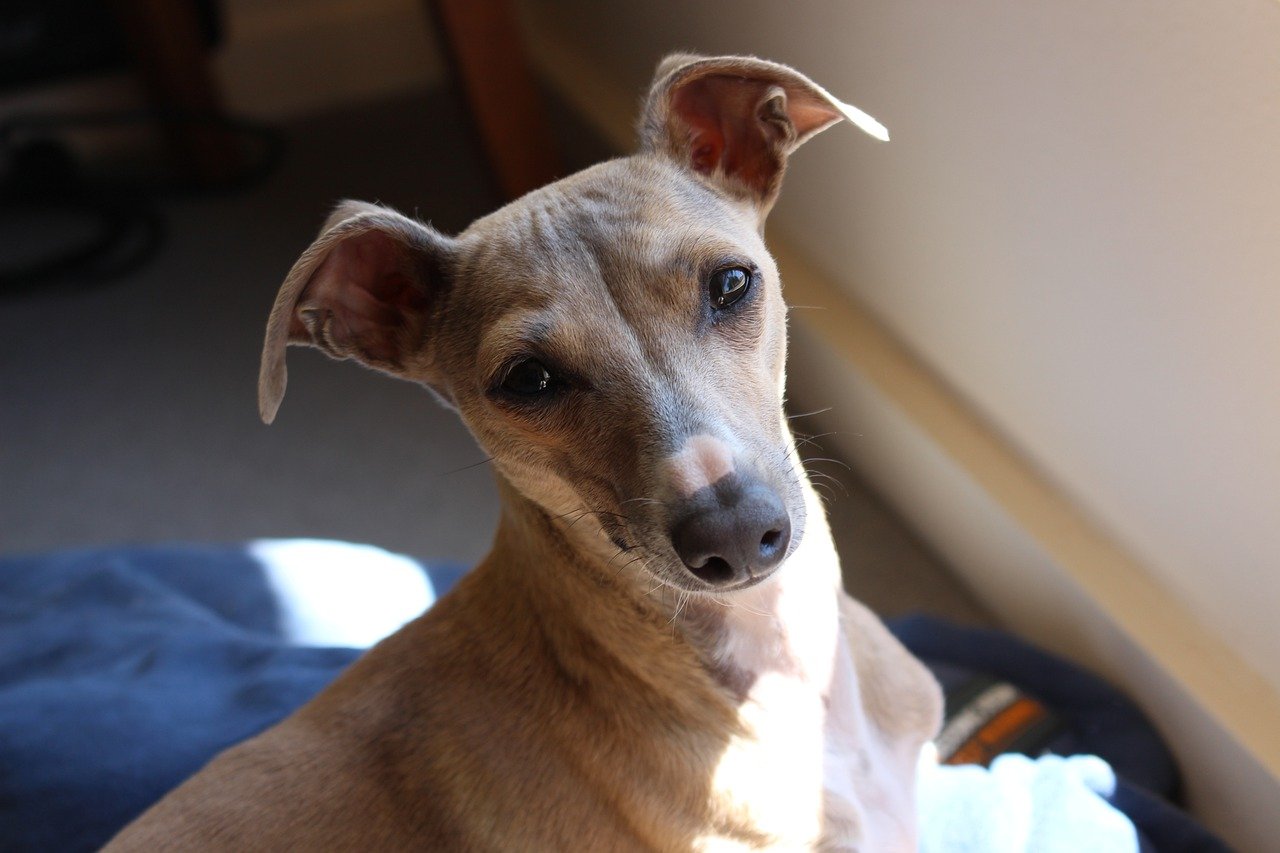
Italian Greyhounds are delicate both in body and spirit. These slender pups are known for their elegance, but behind those graceful looks is a gentle heart that yearns for constant affection. They bond intensely with their families and are prone to stress if left alone. Italian Greyhounds can become withdrawn, shaky, or even develop health issues from chronic stress. They love curling up in your lap and will often follow you around the house. If you want a dog that’s as soft-hearted as they come, this breed will melt into your arms—and expect you to be there whenever they need comfort.
Cavalier King Charles Spaniel: The Ultimate Lapdog

Few breeds are as devoted and people-focused as the Cavalier King Charles Spaniel. These dogs are classic lap-warmers, happiest when snuggled close to their humans. Cavaliers are sensitive to changes in routine and can develop anxiety when left alone, even for short periods. They might bark, whimper, or become clingy if they sense you’re leaving. Their affectionate nature makes them ideal for families, seniors, or anyone who loves a constant companion. A Cavalier’s adoring gaze says it all—they just want to be with you, no matter what.
Vizsla: The Hungarian Hugger

Vizslas are often called “Velcro dogs” for a reason—they stick to their owners like glue. This energetic hunting breed is happiest when it’s right by your side, preferably touching you in some way. Vizslas have a powerful need for human company and can become anxious or depressed if left alone too often. They’re known for following their people from room to room and even trying to join them in the shower. Their sensitivity and devotion make them wonderful family pets, but they do require a lot of attention and reassurance to stay emotionally balanced.
Australian Shepherd: The Emotional Athlete
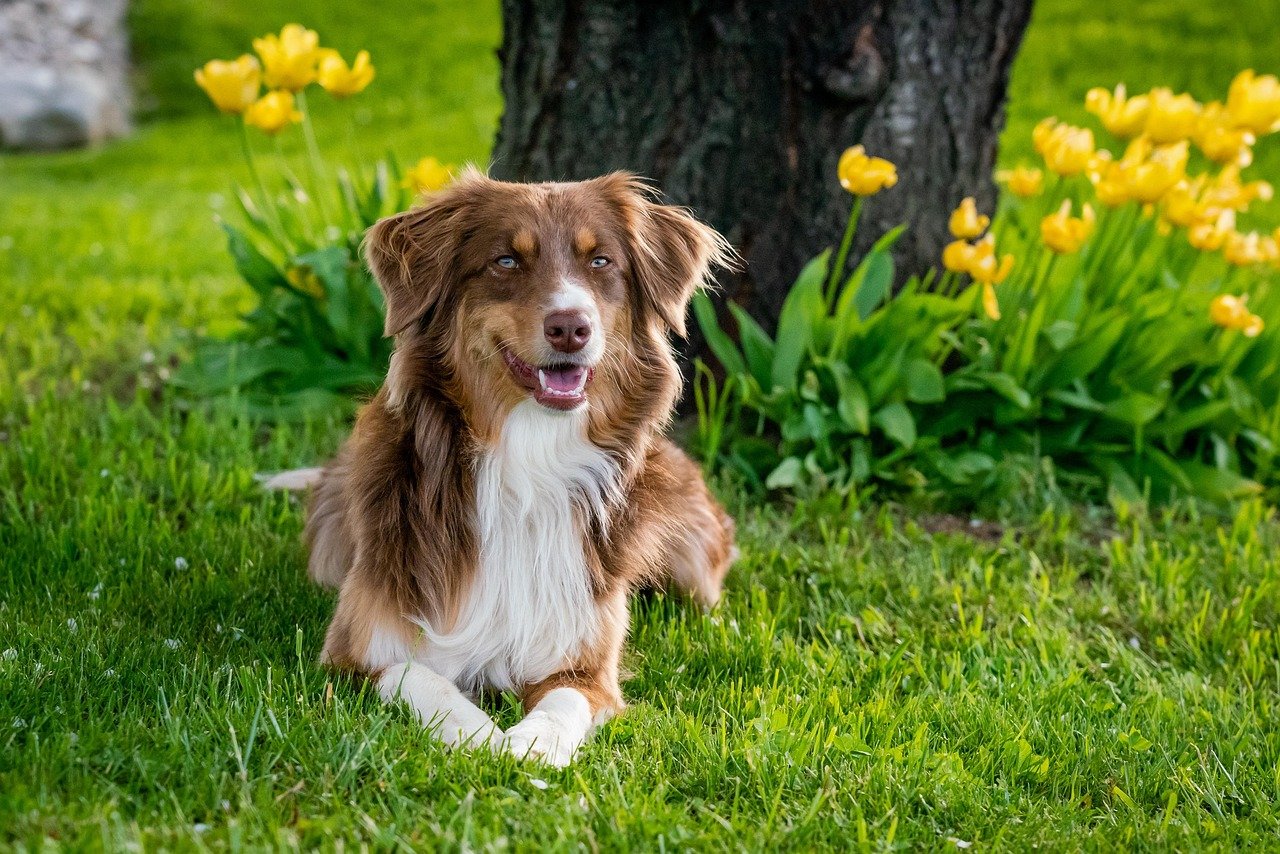
Australian Shepherds are not just athletic—they’re also deeply emotional dogs. They form tight bonds with their humans and thrive on interaction and mental challenges. When left alone, Aussies can become restless, bored, or even destructive. They might bark excessively or try to herd anything in sight, including your furniture. These dogs pick up on your mood and are quick to sense when something’s off. Having a routine and involving them in daily activities helps them feel secure. If you want a dog that’s both active and emotionally in tune, the Aussie is a perfect match.
Bichon Frise: The Cheerful Clinger
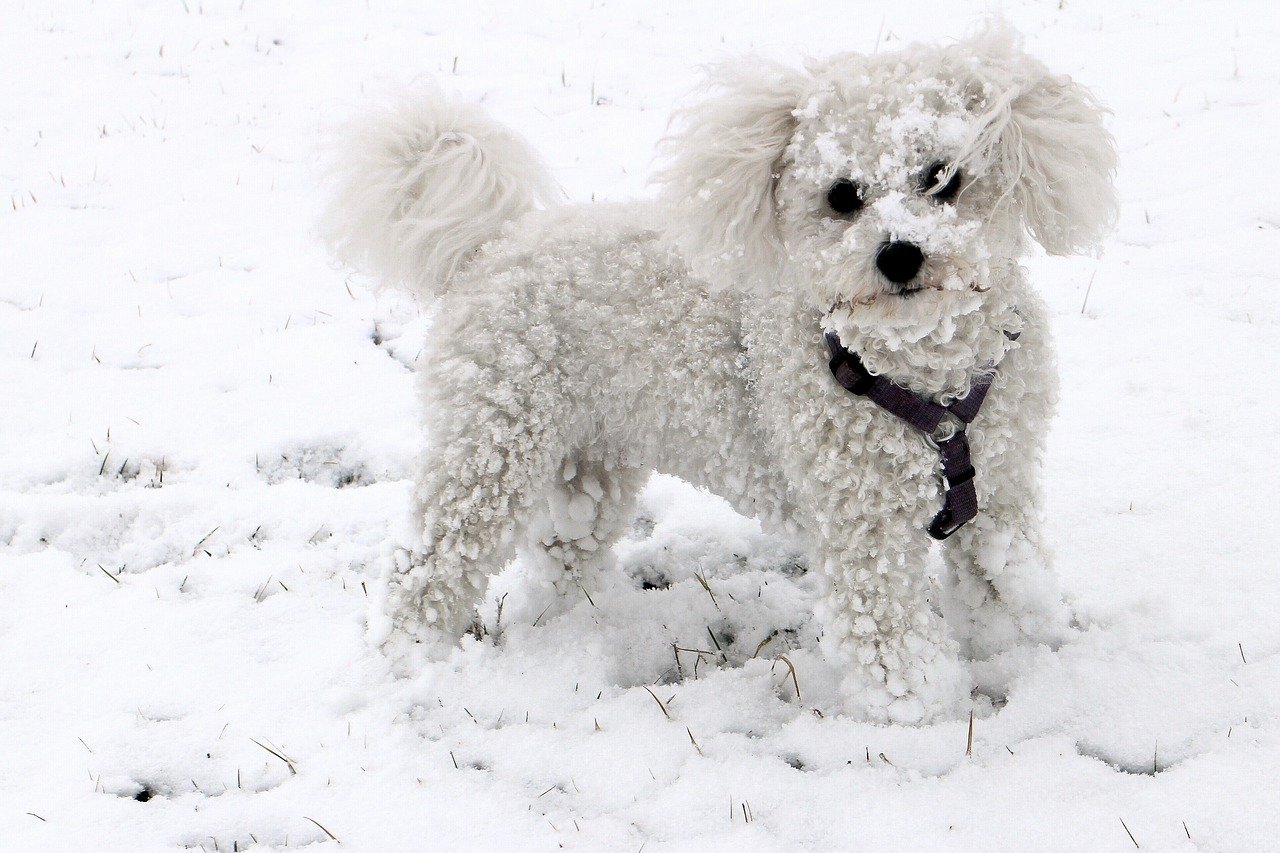
Bichon Frises are known for their cheerful personalities and fluffy white coats, but their sunny disposition comes with a strong need for companionship. They love being the center of attention and can become stressed or even depressed when left alone for long stretches. Bichons often develop separation anxiety, leading to barking, accidents, or destructive chewing. They’re happiest in households where someone is home most of the time. This breed’s playful energy and loving nature make them irresistible, but they definitely don’t do well as “home alone” dogs.
Papillon: The Sensitive Butterfly
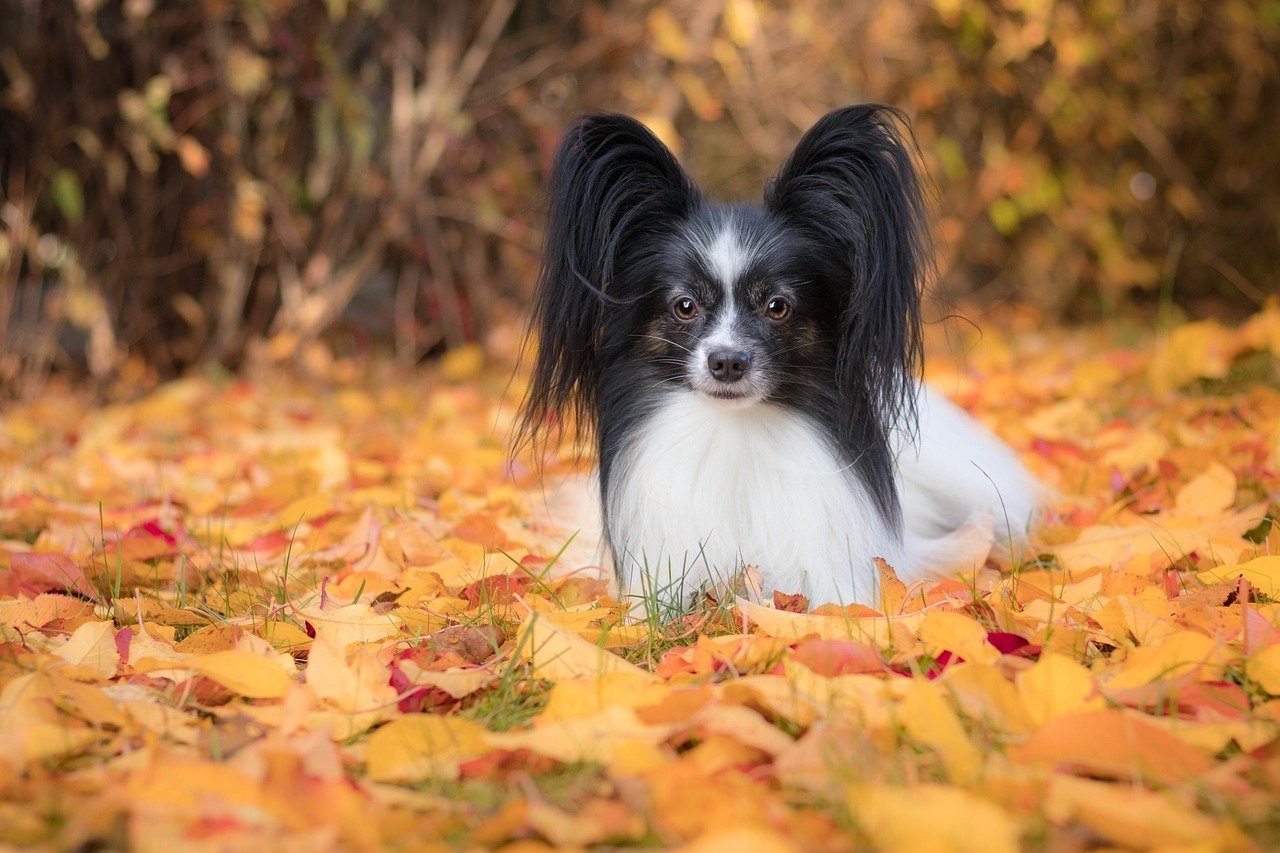
Papillons, with their butterfly-like ears, are as sensitive as they are beautiful. This small breed is incredibly attuned to their owner’s emotions and routines. They crave constant attention and can become anxious or withdrawn when left alone. Papillons are quick learners and love to be involved in everything you do, from cooking dinner to watching TV. Their tiny size doesn’t stop them from being mighty companions, but their emotional fragility means they need lots of reassurance and company.
Poodle (Especially Toy and Miniature): The Emotional Genius
Poodles—especially the Toy and Miniature varieties—are not just smart, they’re also highly sensitive souls. These dogs thrive on positive reinforcement and companionship. When left by themselves, they can become anxious or even develop habits like excessive barking or destructive chewing. Poodles pick up on their owner’s emotions and often mirror them, making them amazing therapy dogs but also prone to stress. Their intelligence means they need mental stimulation as much as emotional support. If you’re looking for a dog that will truly become your best friend, a Poodle will always be by your side.
Recognizing Signs of Stress in Sensitive Breeds
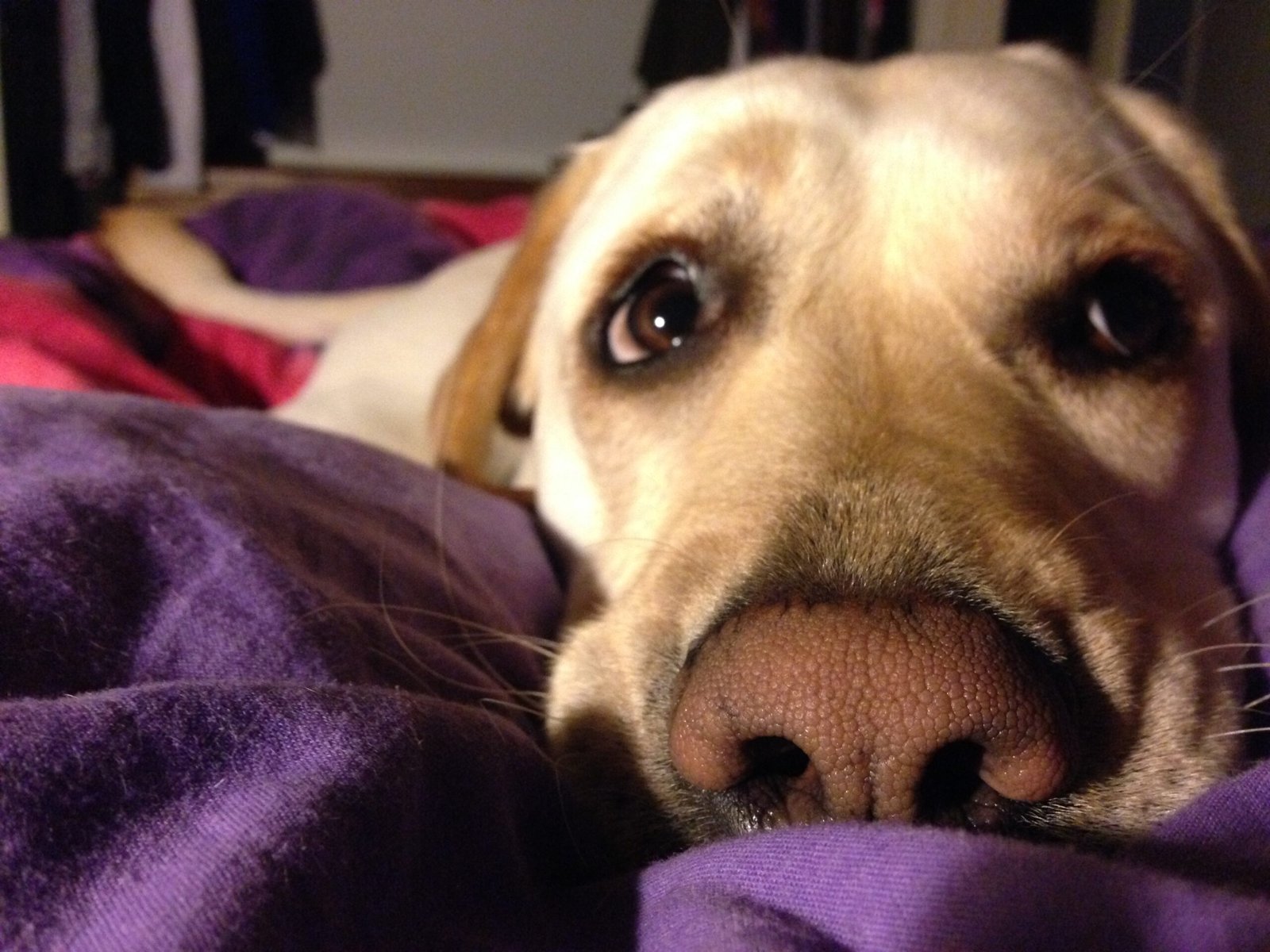
Sensitive dogs often show their stress in ways that can be easy to miss if you’re not paying attention. Common signs include excessive barking, whining, pacing, or trying to escape when you leave the house. Some dogs might chew furniture or scratch doors in a desperate attempt to reunite with their humans. Others can become withdrawn, lose their appetite, or even develop physical symptoms like vomiting or diarrhea. It’s important to notice these cues early on, as chronic stress can lead to long-term health problems. Every dog is different, but learning your pet’s unique signs will help you respond quickly and compassionately.
Routine and Consistency: Your Dog’s Safety Net
Sensitive breeds thrive on routine and predictability. Knowing what to expect each day helps them feel secure and less anxious. Try to feed, walk, and play with your dog at the same times every day. Even small rituals—like a quick cuddle before you leave—can make a big difference. Dogs are creatures of habit, and a stable routine is like a security blanket for their nerves. If your schedule changes, ease your dog into the new rhythm gradually to avoid overwhelming them. Structure gives your sensitive companion something reliable to hold onto.
Physical Exercise: The Best Stress Reliever
A tired dog is a happy dog, especially for sensitive breeds. Regular exercise helps burn off nervous energy and keeps anxiety at bay. Long walks, play sessions in the yard, or even agility training can work wonders for a dog’s mental state. Exercise also releases feel-good endorphins that help soothe stress. You don’t have to run a marathon every day—a game of fetch or a brisk walk around the block can do the trick. The key is consistency and making sure your dog gets enough movement to stay calm and balanced.
Mental Stimulation: Keep Their Minds Busy
Sensitive dogs are often highly intelligent, which means they need as much mental activity as physical exercise. Puzzle toys, treat-dispensing games, and training sessions can keep their brains engaged and distract them from anxiety. Teaching new tricks or rotating their toys can prevent boredom and reduce stress. Think of it like giving your dog a crossword puzzle for the day. A busy mind is less likely to dwell on your absence or become fixated on worries.
Comfort Objects: A Piece of You When You’re Away

Leaving behind a favorite blanket or a shirt that smells like you can be a huge comfort for a sensitive dog. The familiar scent reassures them and gives them something to snuggle with when you’re not there. Some dogs respond well to special “comfort toys” or even calming pheromone sprays. These little touches can make a world of difference, turning your absence into something less scary. It’s like leaving a piece of your heart behind for them to hold onto.
Desensitization Training: Building Confidence Over Time
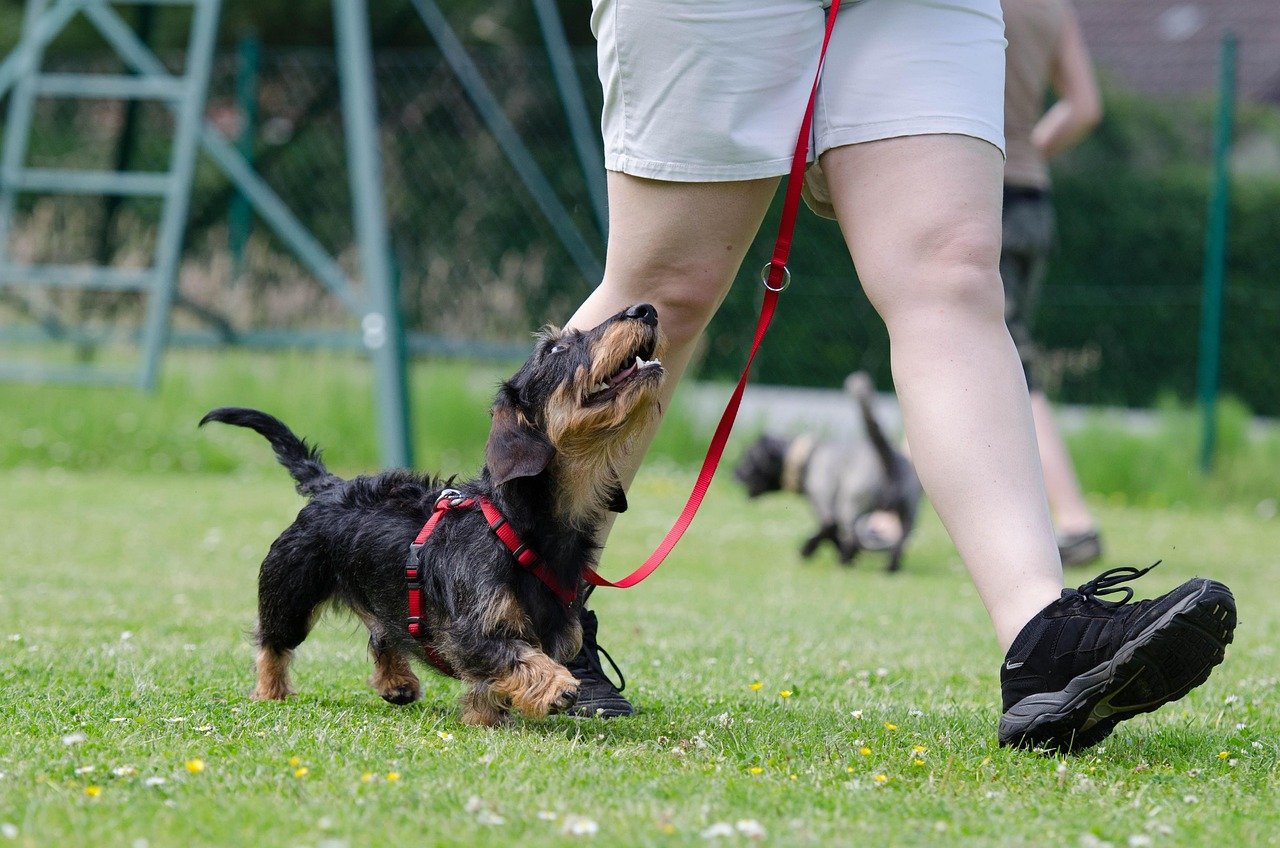
Helping sensitive dogs become more comfortable with alone time takes patience and practice. Start by leaving the room for short periods and gradually increasing the duration. Pair your departures with positive experiences, like a favorite treat or toy. Over time, your dog will learn that being alone isn’t so bad—and that you always come back. This slow, gentle approach builds confidence and reduces anxiety. Like learning to ride a bike, it gets easier with practice and encouragement.
Enrichment Activities: Fun Distractions for Stressful Moments
Enrichment activities can provide your sensitive dog with much-needed distraction and joy. Hide treats around the house, offer interactive toys, or set up a simple obstacle course in the living room. These activities keep your dog’s mind active and help prevent destructive behaviors caused by stress. You can even rotate activities to keep things fresh and exciting. Think of it as creating a fun, mental playground for your dog while you’re away.
Calming Music and Sounds: A Soothing Backdrop
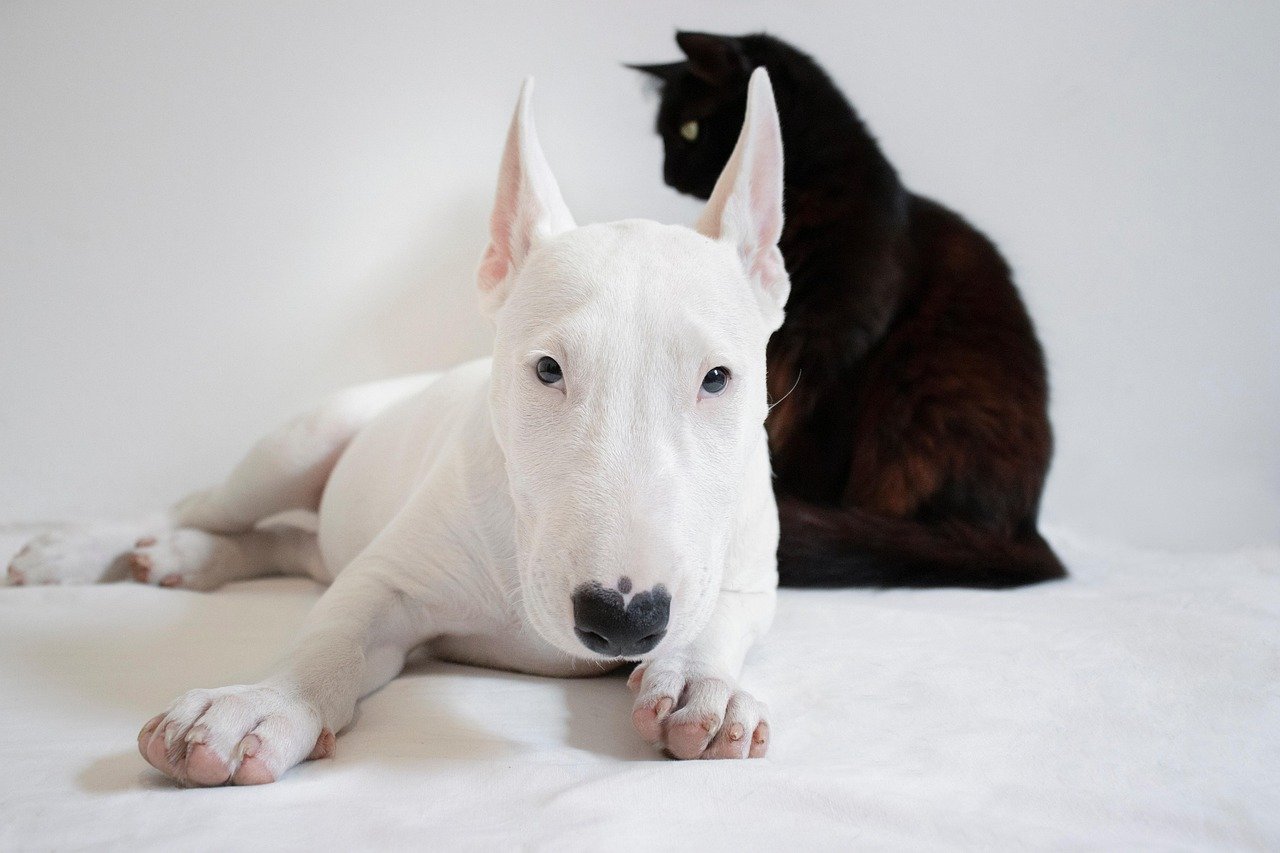
Some dogs find comfort in soft music or calming sounds when they’re alone. Playing gentle tunes or “dog TV” can mask outside noises that might trigger anxiety, like passing cars or distant thunderstorms. Classical music and nature sounds are especially effective for soothing nervous dogs. Experiment to see what works best for your pup. This simple trick can transform a stressful environment into a calm and welcoming one.
Professional Guidance: When to Seek Extra Help
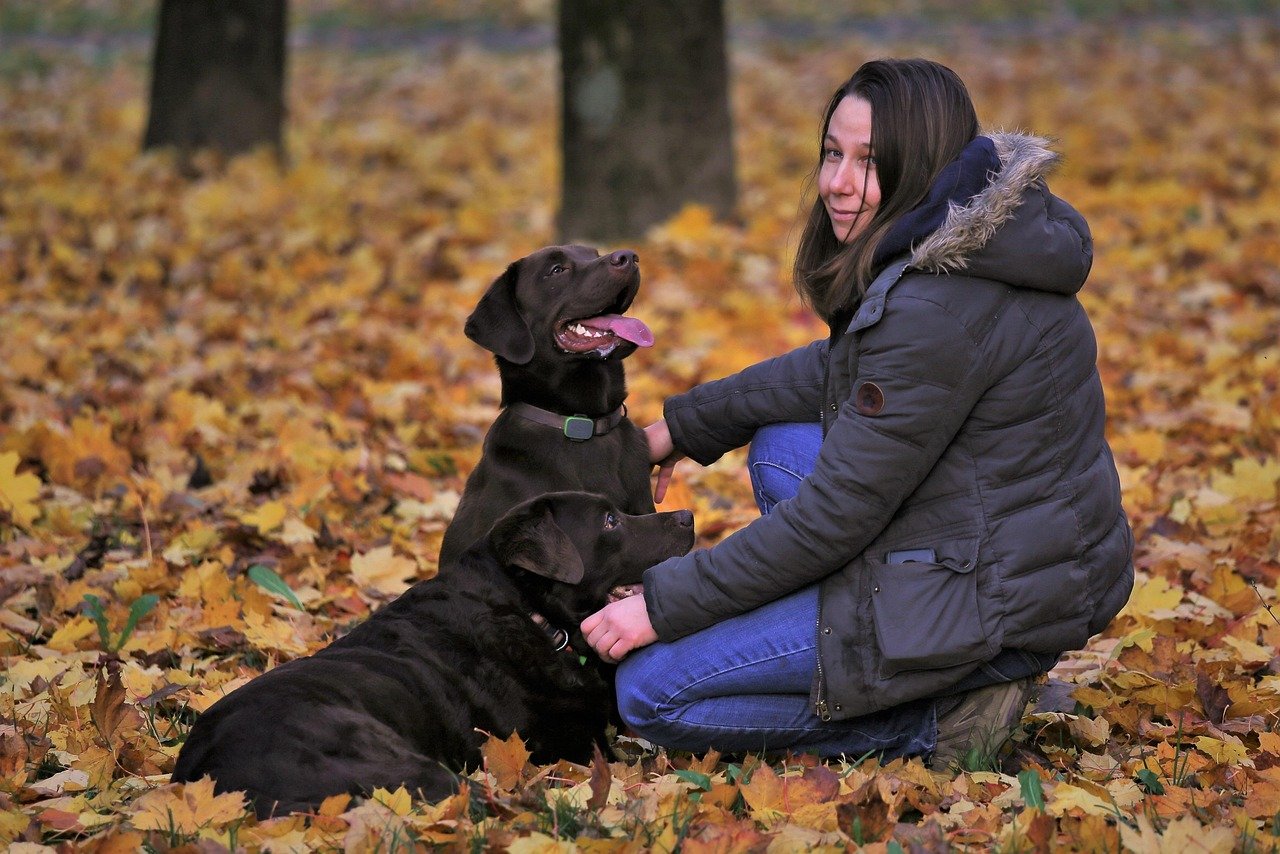
If your dog’s anxiety feels overwhelming or doesn’t improve with at-home techniques, don’t hesitate to seek professional help. A certified dog trainer, behaviorist, or even a veterinarian can offer specialized advice and support. Sometimes, anxiety can be linked to medical issues or require a more targeted approach. There’s no shame in asking for help—your dog’s well-being is worth it. Remember, you’re not alone in this journey, and there are experts ready to guide you and your sensitive companion.
Your Sensitive Dog’s Emotional World
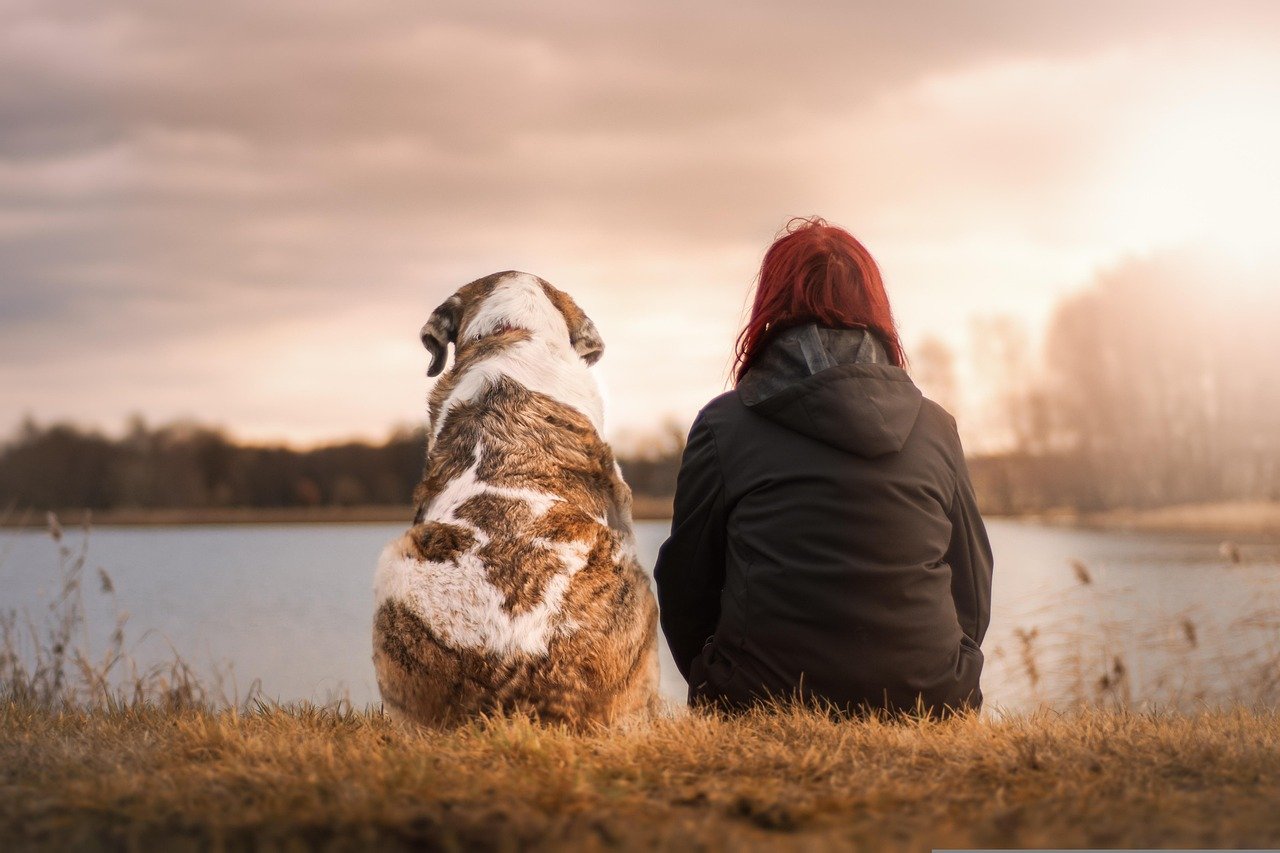
Sensitive dog breeds may require extra love and attention, but their deep bonds and unwavering loyalty make every effort worthwhile. Their neediness isn’t a flaw—it’s a testament to how much they love you. Recognizing their unique personalities and providing them with the comfort and support they crave can transform their lives (and yours) for the better. Isn’t it amazing how much a little understanding and patience can mean to a dog who just wants to be by your side?

